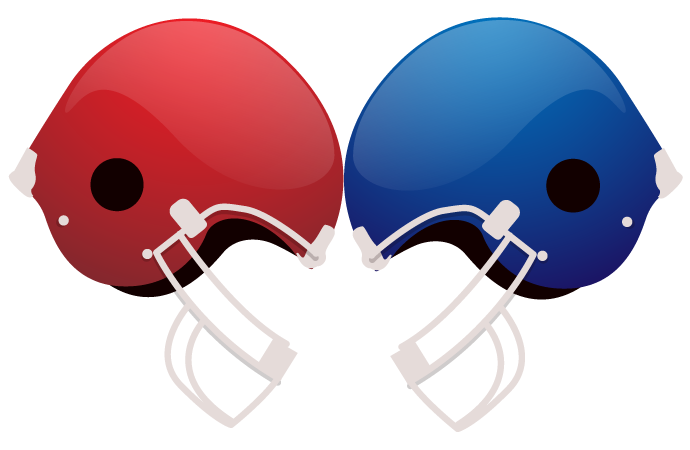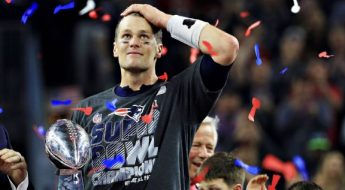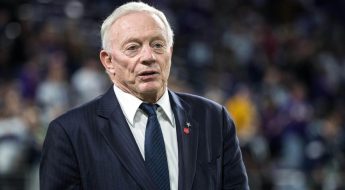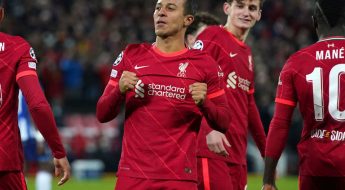Finding Cardinals' quarterback of future much easier said than done
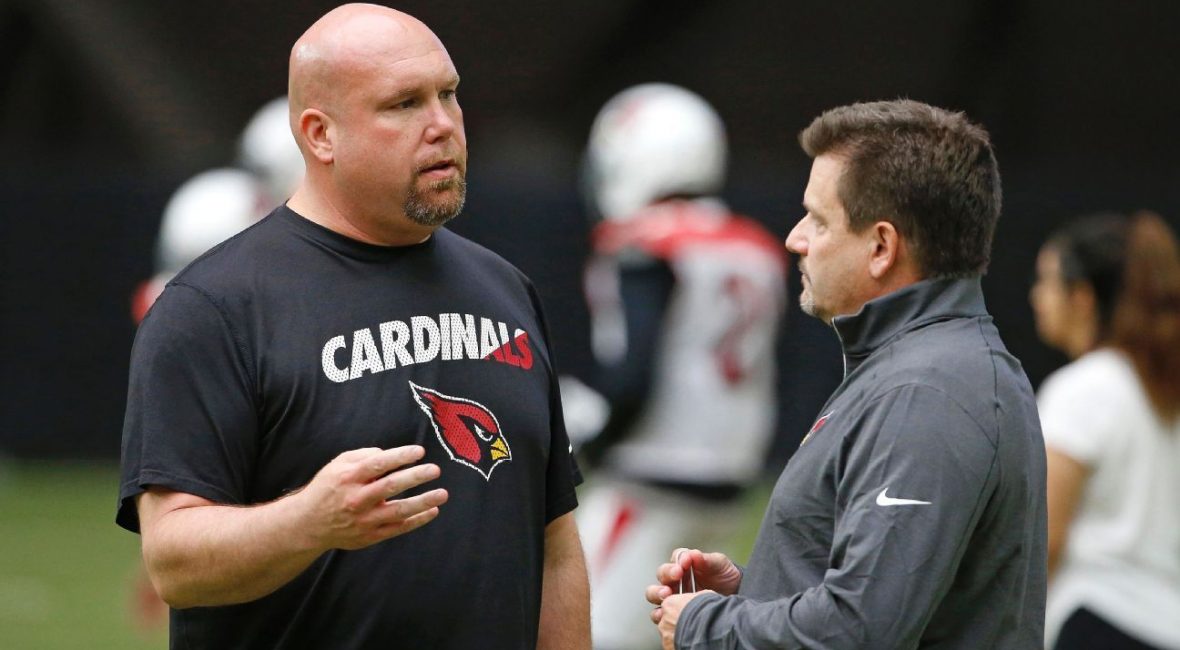
TEMPE, Ariz. — There’s not a day that goes by that Arizona Cardinals general manager Steve Keim doesn’t think about his team’s quarterback — both in the current and future forms.
Keim knows that, sooner rather than later, he’ll have to find a long-term replacement for quarterback Carson Palmer, who’ll start next season at 37 years old and finish it at 38. Palmer, who announced earlier this month that he will return for the 2017 season, hasn’t indicated one way or another what he plans to do in 2018. And therein lies Keim’s focus.
“I’ve said this many times: To put this organization in a position to have success for a long time, there’s no doubt that we have to identify a franchise quarterback,” Keim said on Arizona Sports 98.7 FM.
Coach Bruce Arians said after last season that one of the Cardinals’ priorities this offseason is to find Palmer’s successor so the franchise won’t be left in the position it was after Kurt Warner retired following the 2009 season. Then, the franchise went through a carousel of quarterbacks while it tried to find a long-term solution. It didn’t, and the team suffered, going 18-30 with six quarterbacks from 2010 to 2012.
Arizona has seen what stability at quarterback can do to a team.
From 2007 to 2009, with Warner starting the majority of the games, the Cardinals went 27-21 and played in Super Bowl XLIII. From 2013 to 2016, with Carson Palmer as the team’s starting QB, Arizona has gone 41-22-1, making the playoffs in 2014 and 2015, when it advanced to the NFC Championship Game. The Cardinals know — maybe all too well — how stability can be a cornerstone for success.
But, as Keim also said, finding that type of quarterback is easier said than done.
“There are probably seven great quarterbacks, 10 you can win with in the NFL, and then everybody else is playing musical chairs,” Keim said. “We have to challenge ourselves as evaluators, as coaches, as an organization to find the next guy.
“The way I’ve evaluated players for 19 years, when you look at players at that position, for me, the great ones, I feel like you know. The other ones, I feel like it’s a projection, and you’re hoping they can pan out.”
Therein lies another issue for Keim.
The Cardinals own the 13th pick in the first round of this year’s draft, typically prime real estate for a franchise to find a quarterback of the future. But Keim said unless a team is convinced a quarterback is, without a doubt, capable of being a franchise quarterback, there’s a hesitation to draft one in the first round.
“Now, all of a sudden, if you miss on him — which looking at statistics, there’s a great chance of missing on a quarterback — it sets the organization back two, three, four years because you have to give that place a chance to succeed, and it’s going to take time, and while that’s taking time, you’re losing football games.”
There are three ways the Cardinals can find their quarterback of the future: draft him, sign him in free agency or trade for him. The latter worked for the Cardinals with Palmer, who was acquired from the Oakland Raiders in April 2013. But a starting quarterback — especially one of Palmer’s caliber — rarely is on the trading block.
“We were extremely fortunate to be able to do what we did with Carson Palmer to put us in this position,” Keim said. “Yet, at the same time, to have success the next five, 10 years, we have to identify that next guy.”
And that is what keeps Keim’s mind wandering toward the quarterback — both Palmer and his replacement — on a daily basis.
The wrong decision by Keim could erase the years of progress Palmer led in rebuilding the Cardinals into a playoff contender. The Cardinals’ upward trajectory could be altered.
“There isn’t a day,” Keim said, “that I don’t think about it.”

